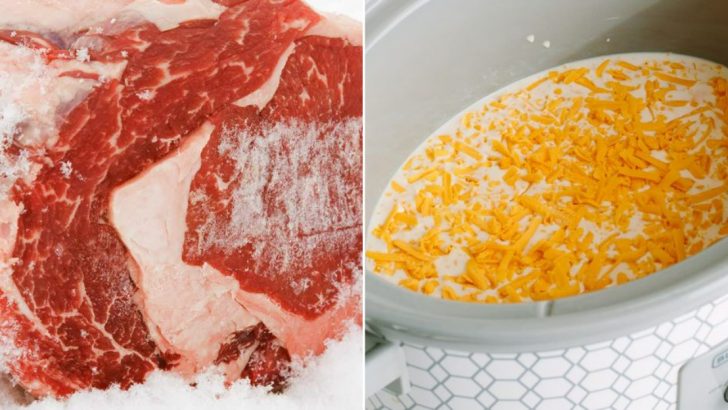Slow cookers are kitchen heroes on busy days, filling the house with warm, cozy smells and turning humble ingredients into comfort food. But not everything plays nice in a Crock-Pot.
Some ingredients break down too fast, while others never quite get where they’re supposed to go. Knowing what not to add can be the secret to getting it right every time.
1. Pasta
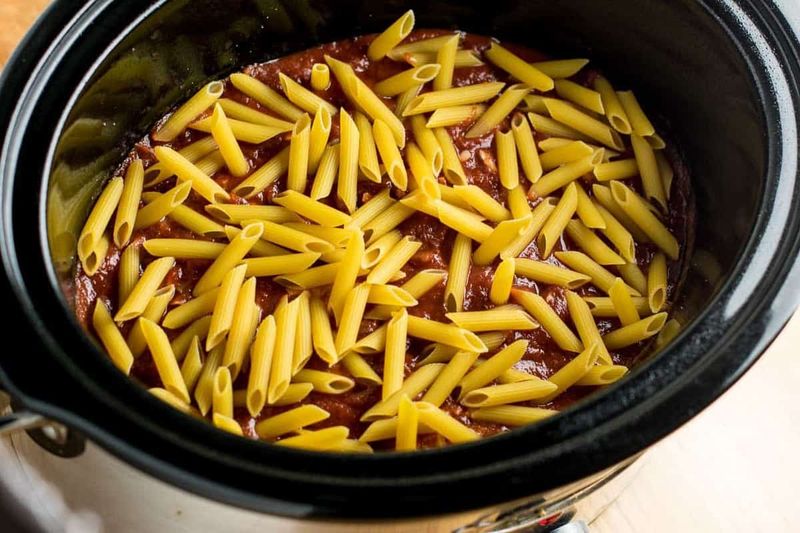
Noodles soak up moisture like sponges, turning to mush in the long, low heat of a slow cooker.
What starts as a cozy casserole can melt into a sticky mess if added too early. For better results, boil separately and stir in just before serving.
2. Dairy (Milk, Cream, Sour Cream)
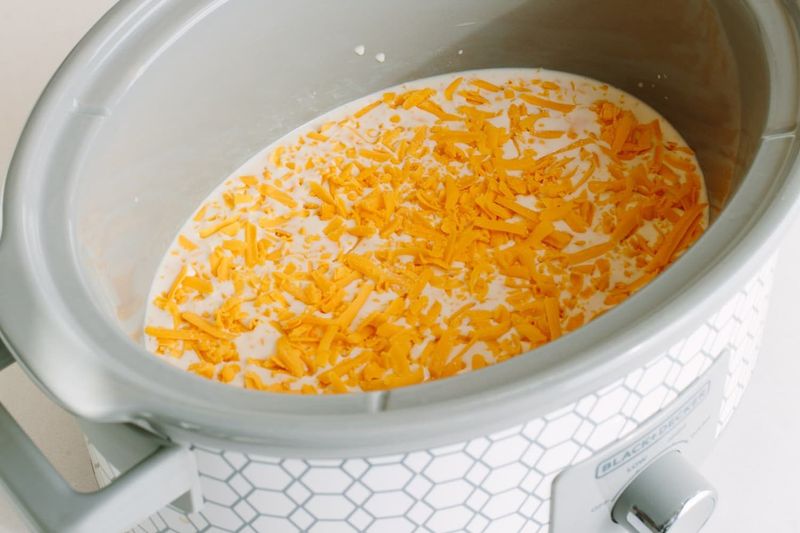
Creamy sauces seem like a perfect match, but dairy tends to curdle and separate when it cooks too long.
That silky texture turns grainy fast, especially with high heat or extended simmering. Add dairy at the very end, or use canned coconut milk as a slow-cooking substitute.
3. Quick-Cooking Veggies (Like Zucchini Or Spinach)
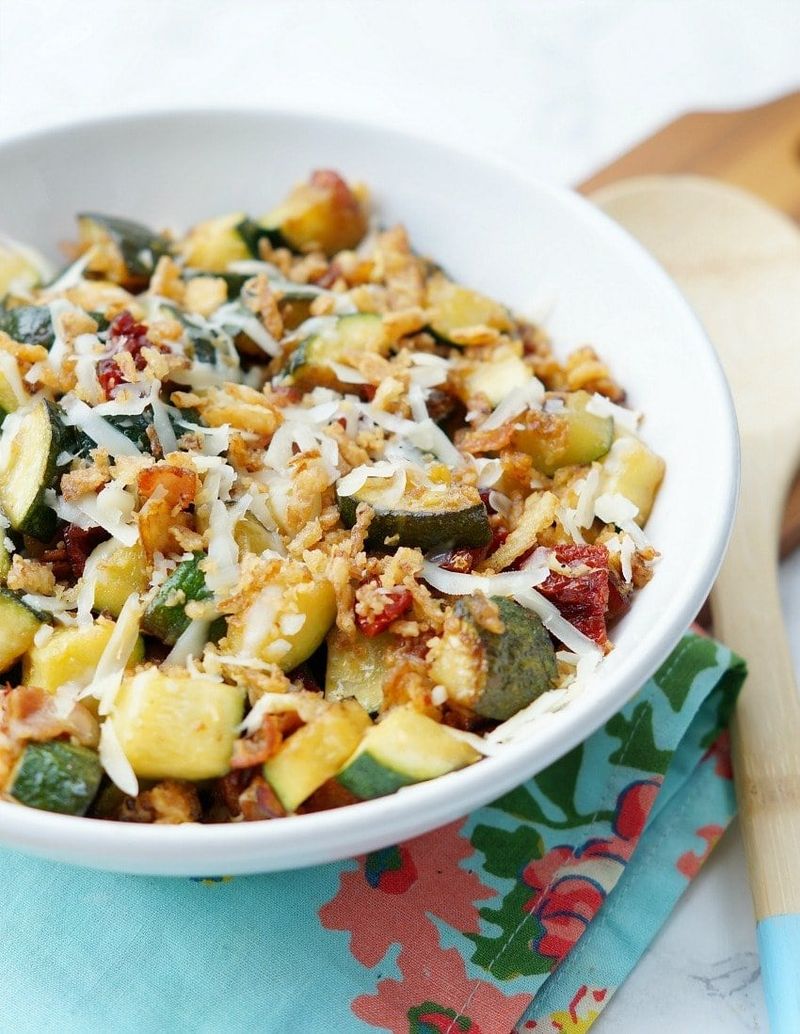
Delicate greens and soft vegetables lose their color, shape, and bite after hours in a crock.
Zucchini becomes limp and watery, while spinach turns into sad, stringy clumps. Stir these in during the last 15 minutes for color and texture that still pops.
4. Frozen Meat
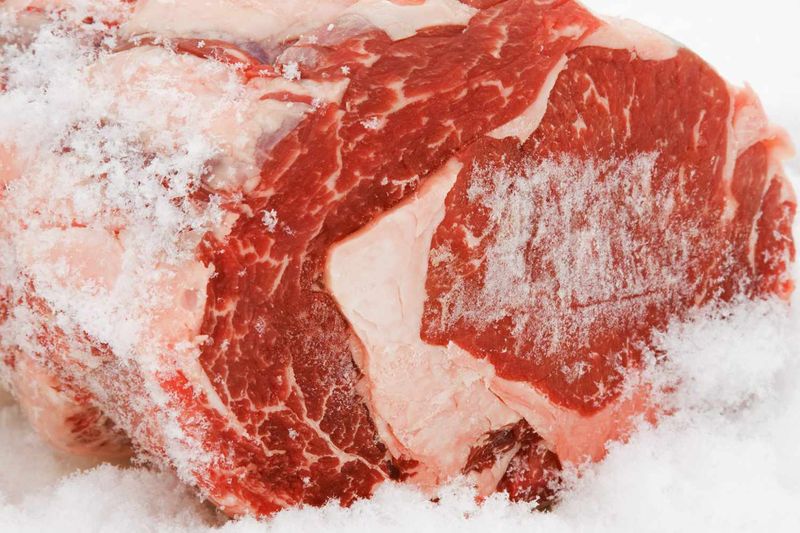
Tossing in rock-solid chicken or beef might seem convenient, but it can leave the inside unsafe before the outside cooks.
Slow cookers heat up gradually, giving bacteria time to thrive. Thaw meat fully before adding to avoid texture problems and food safety risks.
5. Rice
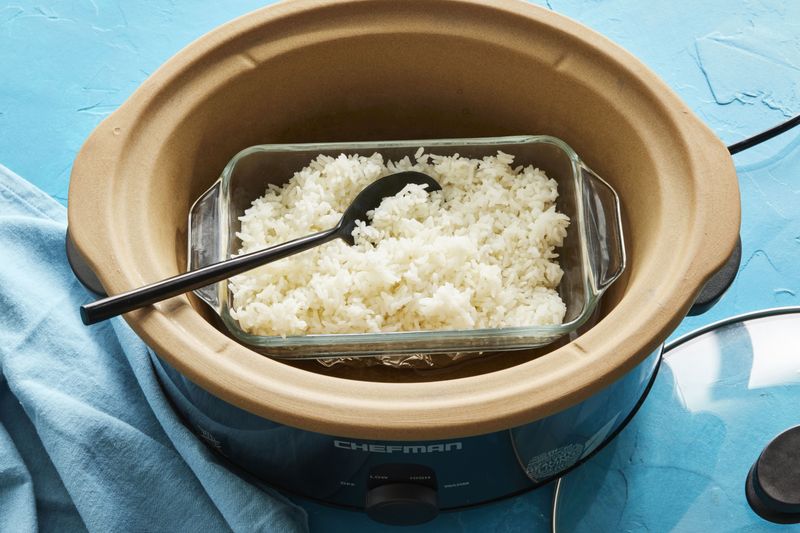
Starchy grains like rice can get gummy or uneven unless you nail the exact ratio of liquid to grain—and that’s tricky in a Crock-Pot.
Some spots stay chewy while others turn to mush. If rice is on the menu, cook it separately and ladle the stew on top.
6. Lean Fish

Delicate fillets like cod or tilapia flake apart long before everything else finishes cooking.
What should be tender and moist ends up dry and stringy instead. For seafood dishes, use firmer fish and add them during the final 20–30 minutes.
7. Fresh Herbs
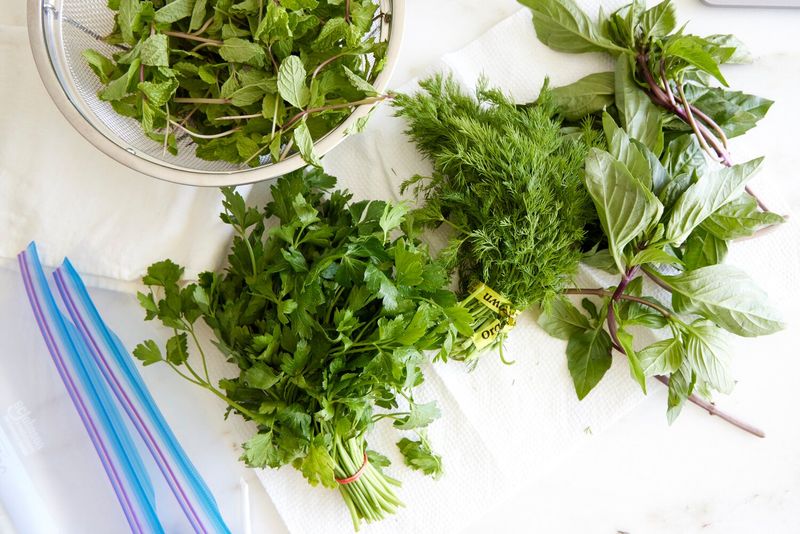
Basil, parsley, and dill lose their color and fragrance in a slow simmer, fading into bitterness or blandness.
Their oils are too fragile to handle hours of heat. Sprinkle them on top just before serving, or mix into sauces at the very end for that fresh-from-the-garden taste.
8. Soft Cheeses
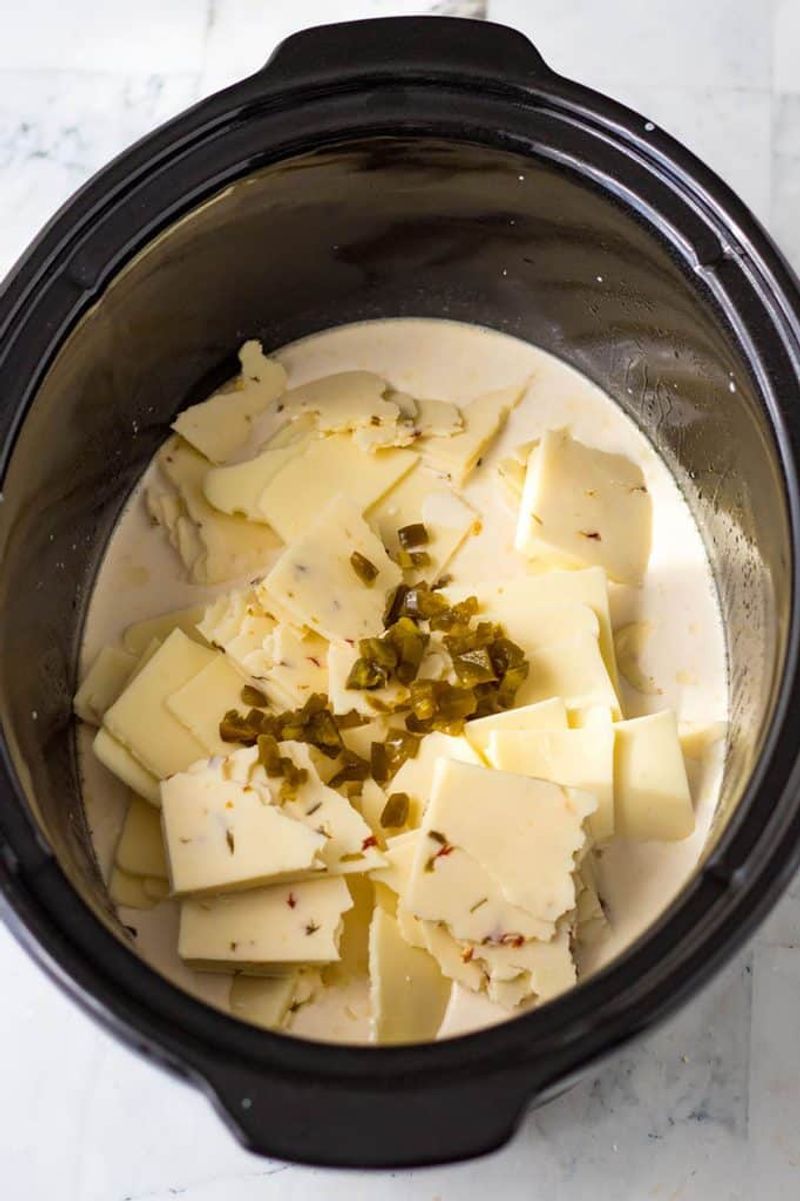
Cream cheese, brie, and other soft varieties can melt unevenly and leave behind clumps or greasy layers.
Instead of blending smoothly, they can break down and float in the broth. For creamy texture without separation, stir them in once the cooking is done and the heat is off.
9. Couscous
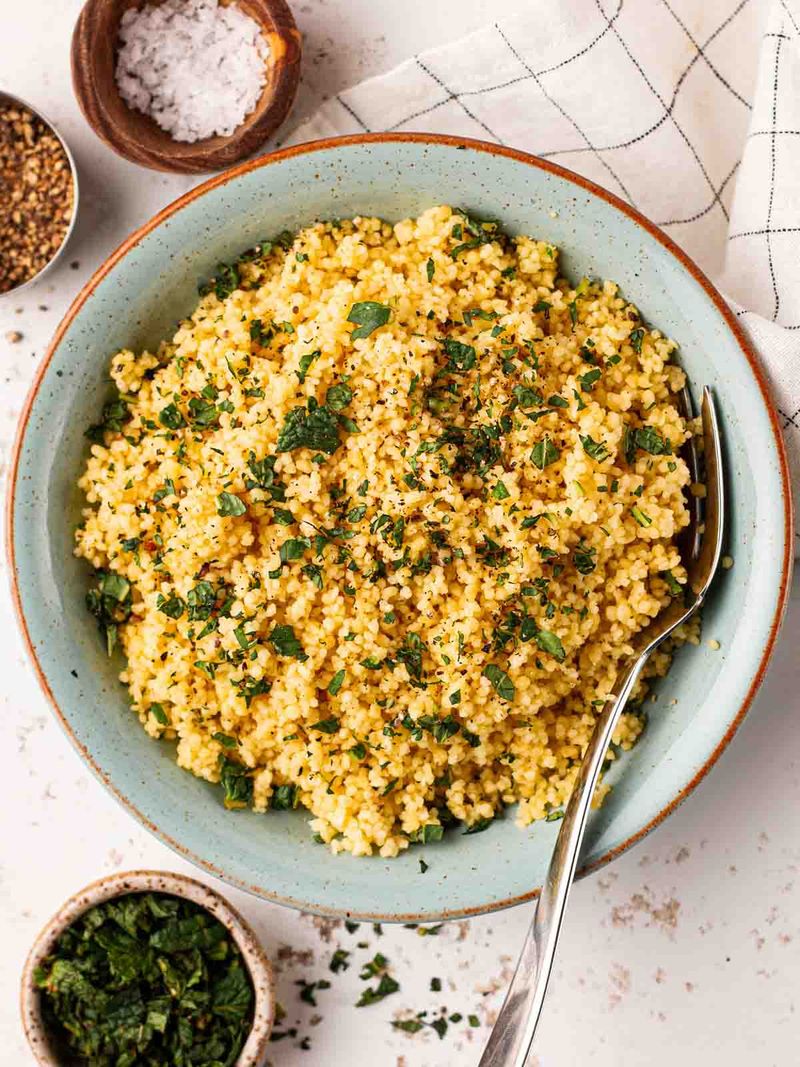
Tiny grains like couscous vanish into a sticky paste when left too long in broth. They’re just too quick-cooking for the slow-cook lifestyle.
To avoid a porridge-like result, cook couscous separately and spoon the stew or sauce over the top.
10. Bacon
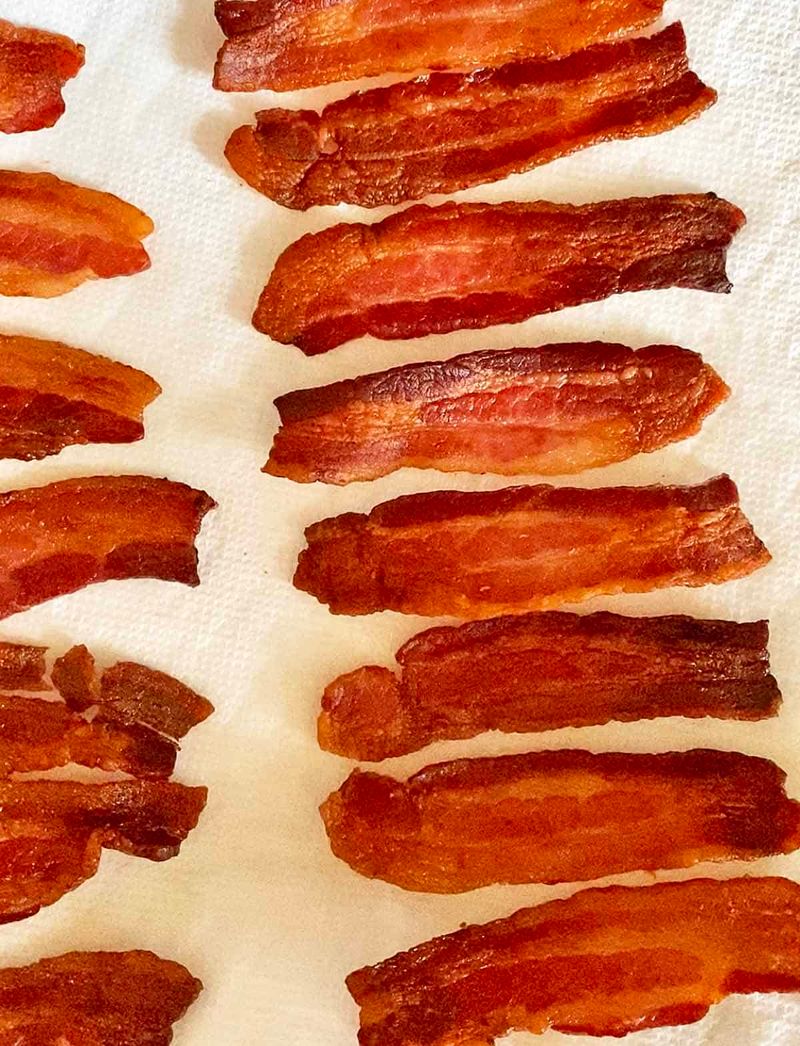
Uncooked bacon tossed into a slow cooker loses all its crisp charm and becomes chewy and limp.
The fat doesn’t render the same way, and the smoky flavor gets lost in the shuffle. Cook it separately and crumble it on just before serving for flavor and crunch.
11. Bread Or Biscuits
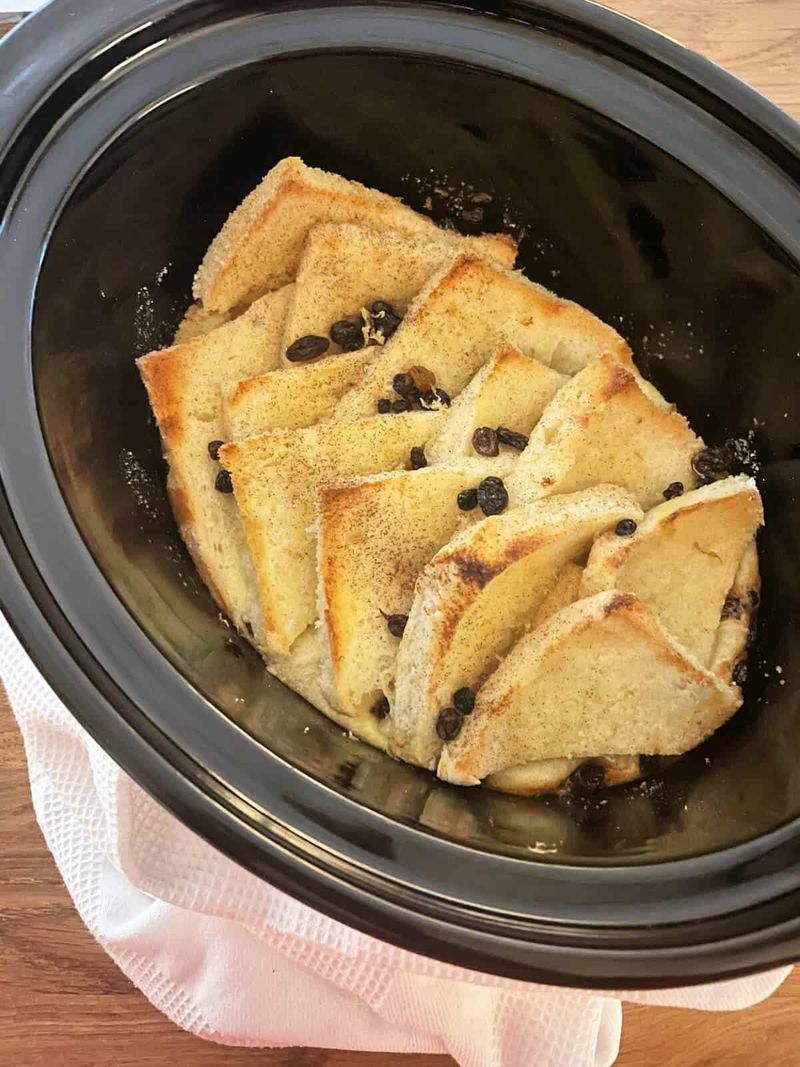
Doughy layers might seem fun on top of a stew, but they often come out raw inside and soggy outside.
Steam doesn’t give the golden crust they need, leaving you with a gluey mess. Bake separately or broil the tops after removing from the pot.
12. Raw Beans (Especially Kidney Beans)
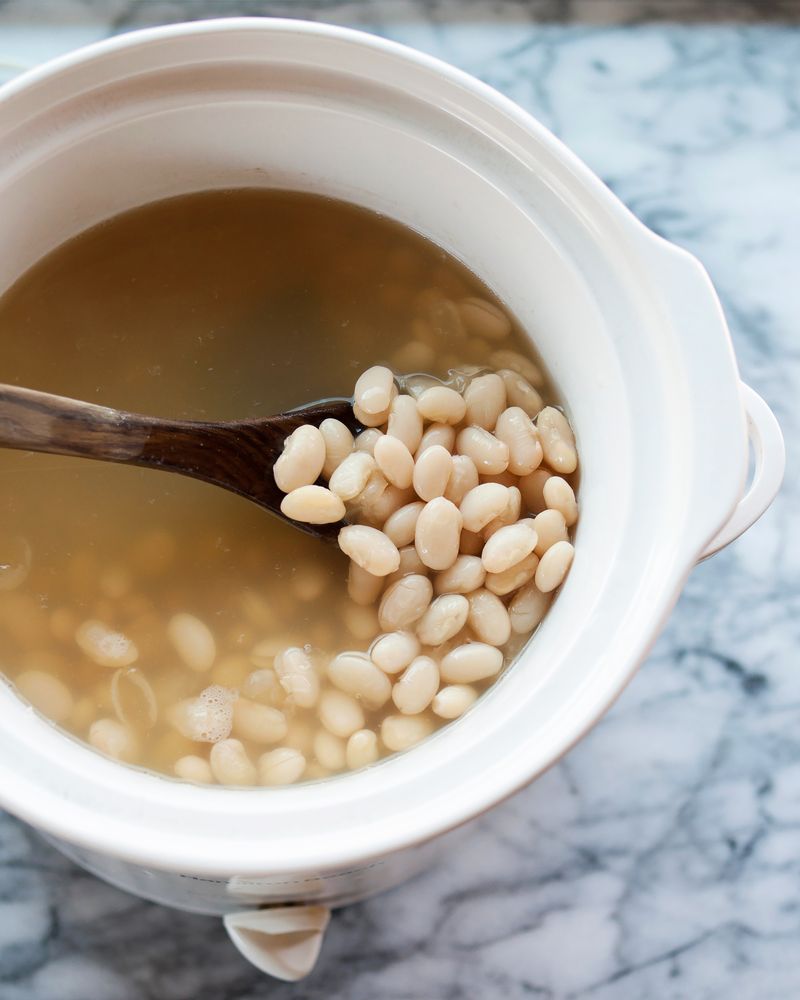
Kidney beans contain a natural toxin called lectin that needs boiling to become safe—and a slow cooker won’t get hot enough early on.
That means beans can stay unsafe even after hours of cooking. Always soak and boil beans first, or use canned.
13. Delicate Greens
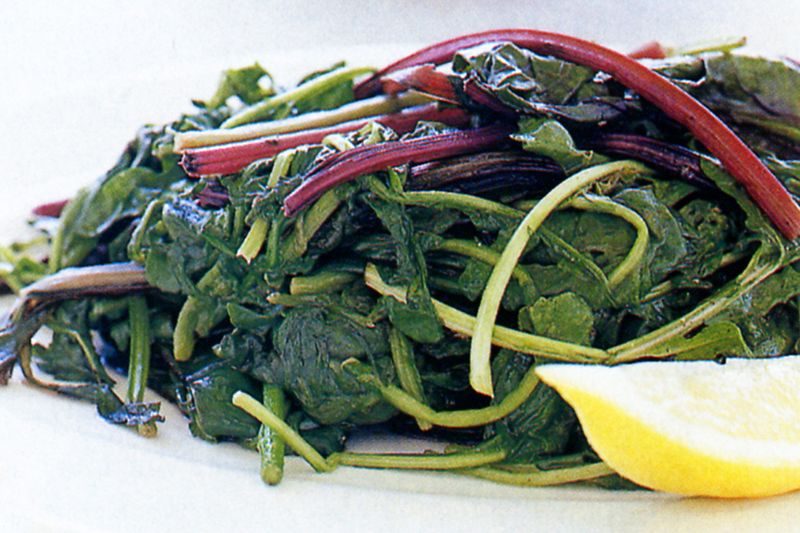
Lettuces, baby kale, and arugula turn swampy and bitter after too long in warm liquid.
Their textures dissolve, and any bright flavor gets cooked out. Toss them in during the last five minutes, or save them for a fresh side salad.
14. Wine (As A Main Ingredient)
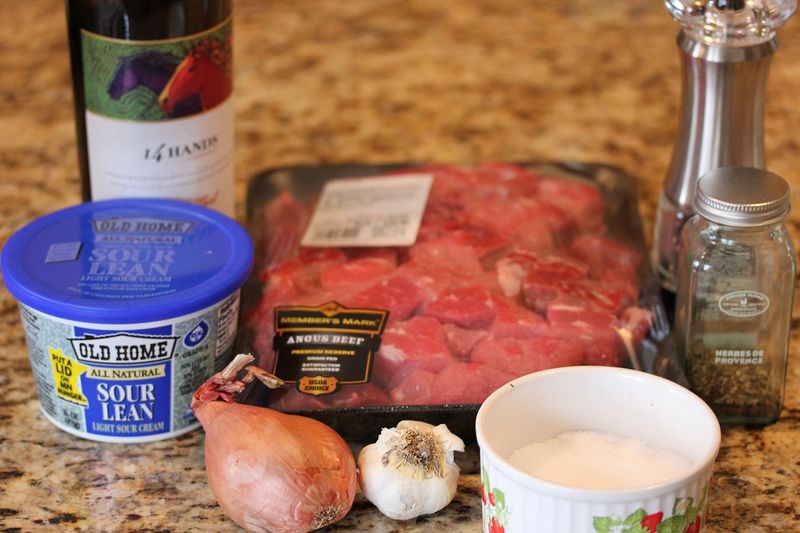
Unlike stovetop cooking, a Crock-Pot can’t burn off the alcohol or concentrate the flavor the same way.
Wine sits flat and acidic, never fully blending into the dish. Use a splash for depth, but don’t rely on it as your star liquid.
15. Anything Needing A Crispy Finish
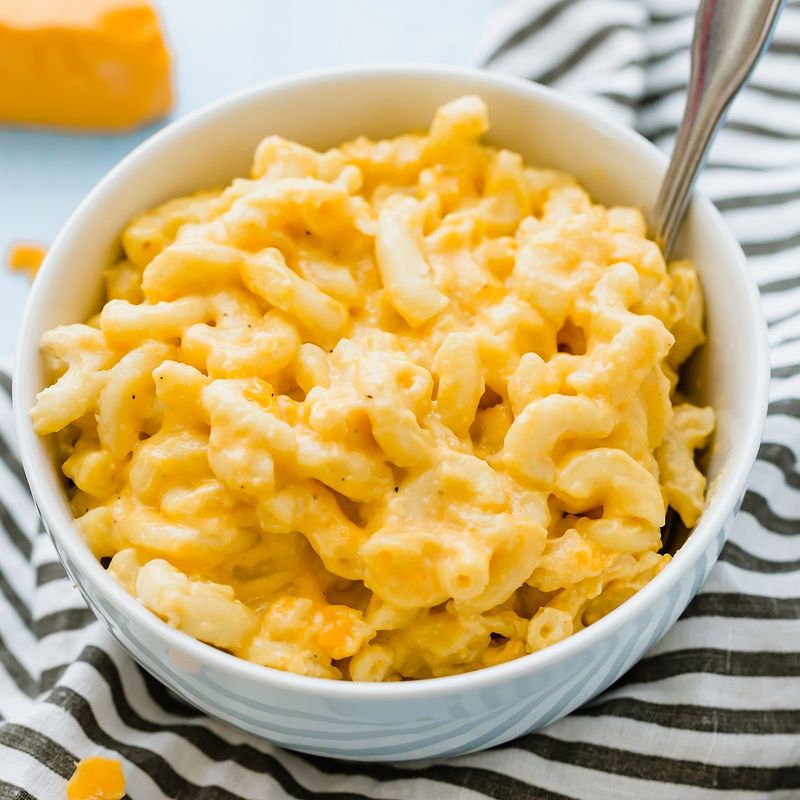
From breaded chicken to roasted potatoes, foods that are meant to crisp won’t stand a chance in the moist, slow heat.
Crunch turns soggy, and golden crusts fade to soft and pale. To keep texture, finish those items in the oven or broiler before serving.

